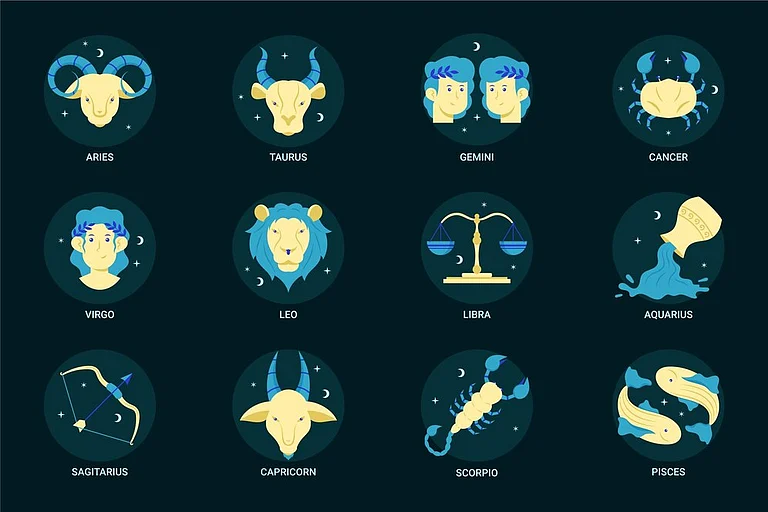China's unmanned spacecraft Chang'e-6 landed on the far side of the Moon on Sunday, a place which has remained unexplored on the lunar surface.
According to the China National Space Administration (CNSA), the Chang'e-6 touched down in the South Pole-Aitken Basin at 06:23 Beijing time (22:23 GMT Saturday). The mission, launched on May 3, is set to collect world's first rock and soil samples from the region.
The spacecraft consists of an orbiter, a returner, a lander and an ascender. Chang'e-6 "involves many engineering innovations, high risks and great difficulty", the CNSA said.
WATCH CHANG'E-6's LANDING:
"During the descent, an autonomous visual obstacle avoidance system was used to automatically detect obstacles, with a visible light camera selecting a comparatively safe landing area based on the brightness and darkness of the lunar surface," Chinese news agency Xinhua said.
It said that the combination then hovered about 100 meters above the safe landing area before selecting a final landing site. "As the combination approached the lunar surface, it shut down the engine and touched down via free fall, protected by a cushioning system," it added.
A space expert from the China Aerospace Science and Technology Corporation (CASC), Huang Hao, was cited by Xinhua as saying that the landing site is at an impact crater known as the Apollo Basin. This was for the basin's potential value of scientific exploration, including other factors.
The terrain on the far side of the Moon is more rough than the near side, with only few consistent flat areas, Hao added.
Meanwhile, Neil Melville-Kenny, a technical officer at the European Space Agency working with China on one of the Chang'e-6 payloads told Reuters said, "Landing on the far side of the moon is very difficult because you don't have line-of-sight communications, you're relying on a lot of links in the chain to control what is going on, or you have to automate what is going on."
"Automation is very difficult especially at high latitudes because you have long shadows which can be very confusing for landers," Meville-Kenny added.
Notably, China's lunar mission strategy includes its first astronaut landing around 2030, which counts Russia as a partner. The Chang'e-5 mission returned after retrieving samples from the Moon's nearer side in 2020.
The landing of Chang'e-6 marks the third lunar landing of the world this year. Previously Japan's SLIM lander touched down in January, which was followed by a lander from US startup Intuitive Machines in February.
China's state media termed the Chang'e-6's successful landing as an "historic moment".



























